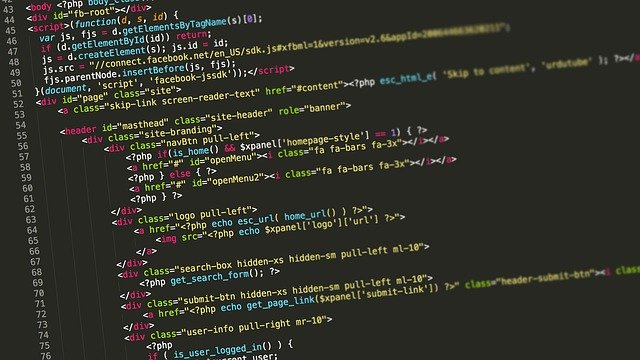Resources for E-Commerce Business Success
Nabamita Sinha, 4 days ago

Are you here to know the differences between the two demanding programming languages ” R and Python”? Well, read the article till the end to get all the answers.
Data science is a promising career field today. Many professionals are now seeking online certificate programs in this domain to gain job-ready skills. When diving into the world of data science, people usually have to decide which programming language to learn – R or Python. This article discusses R vs. Python and how you can make the right choice between the two.
R is an open-source programming language developed by Ross lhaka and Robert gentlemen in the year 1993. It contains statistical and graphical methods. Its special features include machine learning algorithms, time series, linear regression, statistical inference, etc. most of the R libraries are developed in R. apart from that. It also has some libraries written in C, C++, and FORTRAN.
Python is a high-level programming language that is used for various purposes. It has codes and syntaxes that are very similar to the English language. So it becomes easy to learn. Python allows both object-oriented programming as well as procedural programming. The applications of python include data wrangling, data engineering, machine learning, data science, and so on. With python, it is easier to access code and divide it into modules. Python libraries include NumPy, Pandas, Sci-Py, Sci-kit learn, and seaborn. Also, python is best used for the analysis of applications.
You may like to read: Python Web Scraping Is Bound To Skyrocket Your Business
The R developers can be a part of various job roles such as data scientist, data architect, R programmer, Data Visualization analyst, Quantitative analyst, etc. various job openings are available on the job portals such as indeed, LinkedIn, Naukri, etc. some of the big companies such as Google, Facebook, Twitter, etc. have adopted the use of R language to meet the analytical calculations.
According to Payscale, the average salary of a data analyst with R programming skills is ₹507,937/ year. Based on the experience and the organization, it also varies.
Talking about the career options in Python, the developers can become data scientists, data analysts, product managers, and machine learning engineers. Likewise, some popular companies such as Facebook, Accenture, Tata consultancy services, amazon, cognizant, etc., use python for their data-driven work and decisions.
According to Indeed, the average base salary of a Python developer in India is ₹3,89,927/year. It varies according to skills, experience, and organization.
Python is generally used when other applications such as databases or excel applications are required to be integrated within the program code. So that in the future, the work of data analysis takes place safely and conveniently. Python is a full-fledged programming language that ultimately becomes the best tool to implement algorithms for production. Python users need to install packages that are popular for data analysis, such as NumPy and Pandas.
Just like Python, R is also used for data analysis, but differently. So R comes to play when the individual servers and standalone programming are required. R serves the purpose for beginners because the users have to write only a few lines of code for statistical analysis. R becomes a great language for data analysis because it has inbuilt packages that can be used for analysis purposes, readily usable tests, and some formulas. The basic data analysis can easily be handled by R so that there is no need to install packages separately for fundamental uses. The big datasets require the use of data. Table and dplyr.
As we have seen, both R and Python have their own set of capabilities and functions that they can serve. Now it is not like which one is better than the other. But the decision-making comes from the individual purpose behind using both of these languages. So the brief analysis of the purposes is listed below:
Python becomes an easy language to learn when it comes to working for beginners. The syntax is quite easy, and it has a language similar to the English language. At the same time, R can be a little challenging for beginners. So beginners can start with python and slowly develop their expertise while also learning R.
Depending upon the problems you are trying to solve, R and Python both are suitable for different purposes. So R is well suited for statistical calculations and unmatched libraries for data exploration and experimentation. In comparison, Python is good for machine learning and large-scale applications, especially for data analysis for web applications.
Since python is comparatively easy to use, its applications are spread wide across industries, research, and engineering workflows. At the same time, R is used by statisticians, mathematicians, and most academic professionals and scholars, without any programming skills.
When it comes to visualizing, R presents the data well in the form of charts and graphs. Comparatively, python works better in an integrated format where different applications can be used together.
Now that you are well aware of the special features and functionality of both python and R, it can be said that learning both of these languages is equally important. However, both of these qualify for different purposes, and the professionals involved in data science, machine learning, etc., cannot afford to miss on these skills. So start learning it today.
Read Also:
Abdul Aziz Mondol is a professional blogger who is having a colossal interest in writing blogs and other jones of calligraphies. In terms of his professional commitments, he loves to share content related to business, finance, technology, and the gaming niche.
Your article was a joy to read. It’s rare to find such engaging and well-researched content.